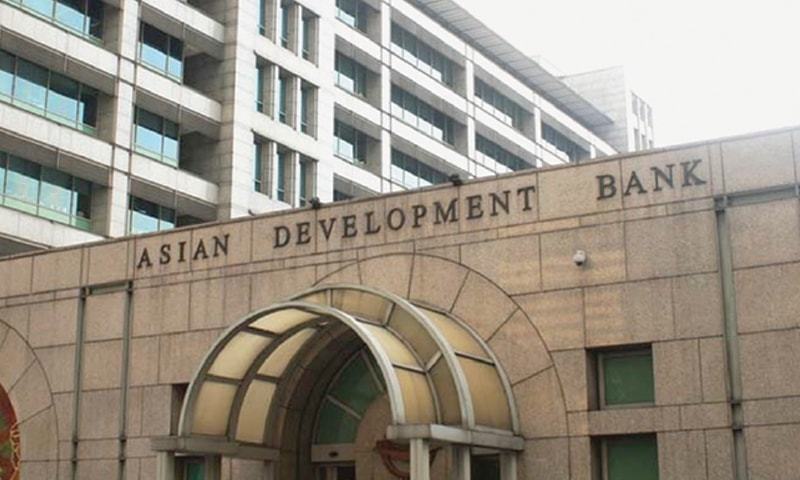By Staff Reporter
KARACHI: Pakistan’s public debt has risen to almost 80 percent of gross domestic product, limiting the country’s ability to recover from the inflation-induced slowdown, the Asian Development Bank said on Wednesday.
The ADB, in its latest Asian Development Outlook report, projected that Pakistan’s public debt will reach 79.8 percent of GDP in the fiscal year ending June 2022, up from 76.6 percent in the previous year.
“Pakistan’s overall recovery is still constrained by moderate confidence and high inflation eroding purchasing power,” the DB said.
Pakistan’s inflation rate averaged 28.5 percent over July-October but is expected to ease amid fiscal consolidation and monetary tightening, as well as the improved availability of food and key imported inputs.
The central bank has raised its policy rate by 700 basis points to 22 percent since July 2022 to curb inflationary pressures.
The ADB maintained its growth forecast for Pakistan at 1.9 percent for the current fiscal year.
The ADB raised its economic forecast for developing economies in Asia and the Pacific, after robust domestic demand drove higher-than-expected growth in China and India.
The regional economy is expected to grow 4.9 percent this year, compared with a previous forecast of 4.7 percent in September. The outlook for next year is maintained at 4.8 percent.
China’s economy is projected to expand by 5.2 percent this year, compared with a previous forecast of 4.9 percent, after household consumption and public investment boosted growth in the third quarter. The growth outlook for India has been raised to 6.7 percent from 6.3 percent following faster-than-expected expansion in July-September, driven by double-digit growth in industry.
“Developing Asia continues to grow at a robust pace, despite a challenging global environment,” said ADB Chief Economist Albert Park. “Inflation in the region is also gradually coming under control. Still, risks remain, from elevated global interest rates to climate events such as El Niño. Governments in Asia and the Pacific need to remain vigilant to ensure that their economies are resilient, and that growth is sustainable.”
The region’s inflation outlook for this year has been lowered to 3.5 percent from an earlier projection of 3.6 percent. For next year, inflation is expected to edge up to 3.6 percent. The growth outlook for Southeast Asia this year has been lowered to 4.3 percent from 4.6 percent, amid weak demand for manufacturing exports. The outlook for economies in the Caucasus and Central Asia has been raised slightly, while projections for Pacific economies are unchanged.
Risks to the outlook include persistently elevated interest rates in the United States and other advanced economies, which could contribute to financial instability in vulnerable economies in the region, especially those with high debt. Potential supply disruptions caused by the El Niño weather pattern or the Russian invasion of Ukraine could also rekindle inflation, particularly regarding food and energy.
Copyright © 2021 Independent Pakistan | All rights reserved




